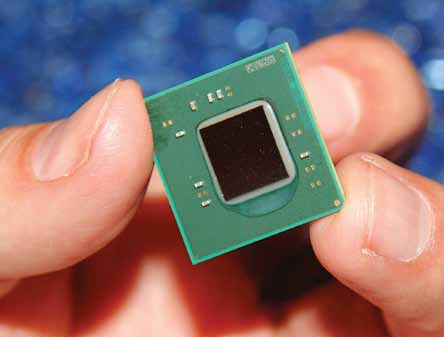The good and the bad
The x86 platform was widely adopted for hybrid PC technology-based applications rather than traditional embedded applications. Listing certain merits of working with x86 platform, Trivedi says, “The initial set-up time for software development is quick. Also, the software developed on x86 are scalable, compatible and easy to interface/port to legacy applications. It also significantly reduces the dependency on dedicated hardware.” However, PCB footprint and power requirement need to be evaluated well before choosing x86 for any application.
Performance per watt is the consideration. The demand for more features and functions for less power is increasing with every innovation in the embedded space. Although x86 delivers the greatest performance, when it comes to power efficiency it becomes the least preferred architecture. In the desktop world the push is to achieve more performance, while in the embedded space performance per watt counts.
According to some hardware engineers, ARM’s dominance in small electronic products is simply because of its high power efficiency.Typically, an ARM-based system uses as little as 2 watts, whereas a fully optimised x86 solution such as Atom uses 5-6 watts.
Hongyu You, senior software developer, Infinera, says, “A battery-powered device with an 8051 is different from a set-top box, network switch or storage array which may be plugged into a power outlet in the wall and may require much more processing power.”
Although there are ways and means to manage power, “The power consumption and thermal efficiency of x86 make it better suited for continuous AC-powered applications with forced-air or liquid cooling rather than mobile applications,” says Mike Anderson, chief scientist at The PTR Group.

According to Anderson, Intel’s Atom seems to be moving in the right direction, but it’s a long way before it can come close to touching the power efficiency or MIPs/watt ratio found in many ARM variants. There are also cooling issues associated with x86, as for embedded systems developers prefer the processor which does not require external cooling.






